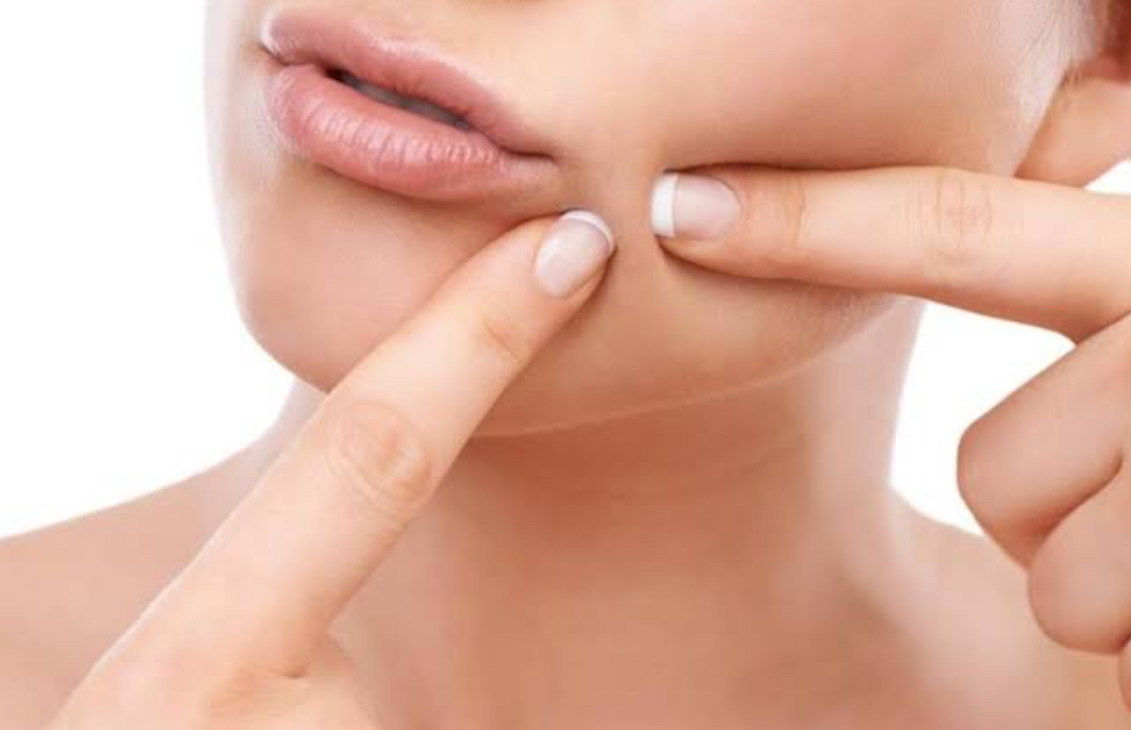Understanding Acne: Causes and Pathophysiology
Acne vulgaris is a chronic inflammatory skin condition that primarily affects the pilosebaceous units of the face, chest, and back. It is most common during adolescence due to hormonal changes, particularly increased androgen levels, which stimulate sebum production. The pathogenesis of acne involves four key factors: follicular hyperkeratinization, excess sebum production, colonization by Cutibacterium acnes (formerly Propionibacterium acnes), and inflammation. These processes lead to the formation of comedones, papules, pustules, nodules, and in severe cases, cysts.
Treatment Strategies and Emerging Research
Current treatments for acne include topical retinoids, benzoyl peroxide, antibiotics, hormonal therapy, and isotretinoin for severe cases. However, concerns about antibiotic resistance and side effects have led researchers to explore alternative therapies, such as probiotics, laser treatments, and novel anti-inflammatory agents. Recent studies are also investigating the role of diet, gut microbiota, and genetic predisposition in acne development, offering new insights into personalized treatment approaches. Continued research is crucial for understanding the multifactorial nature of acne and developing more effective and safer therapies.
